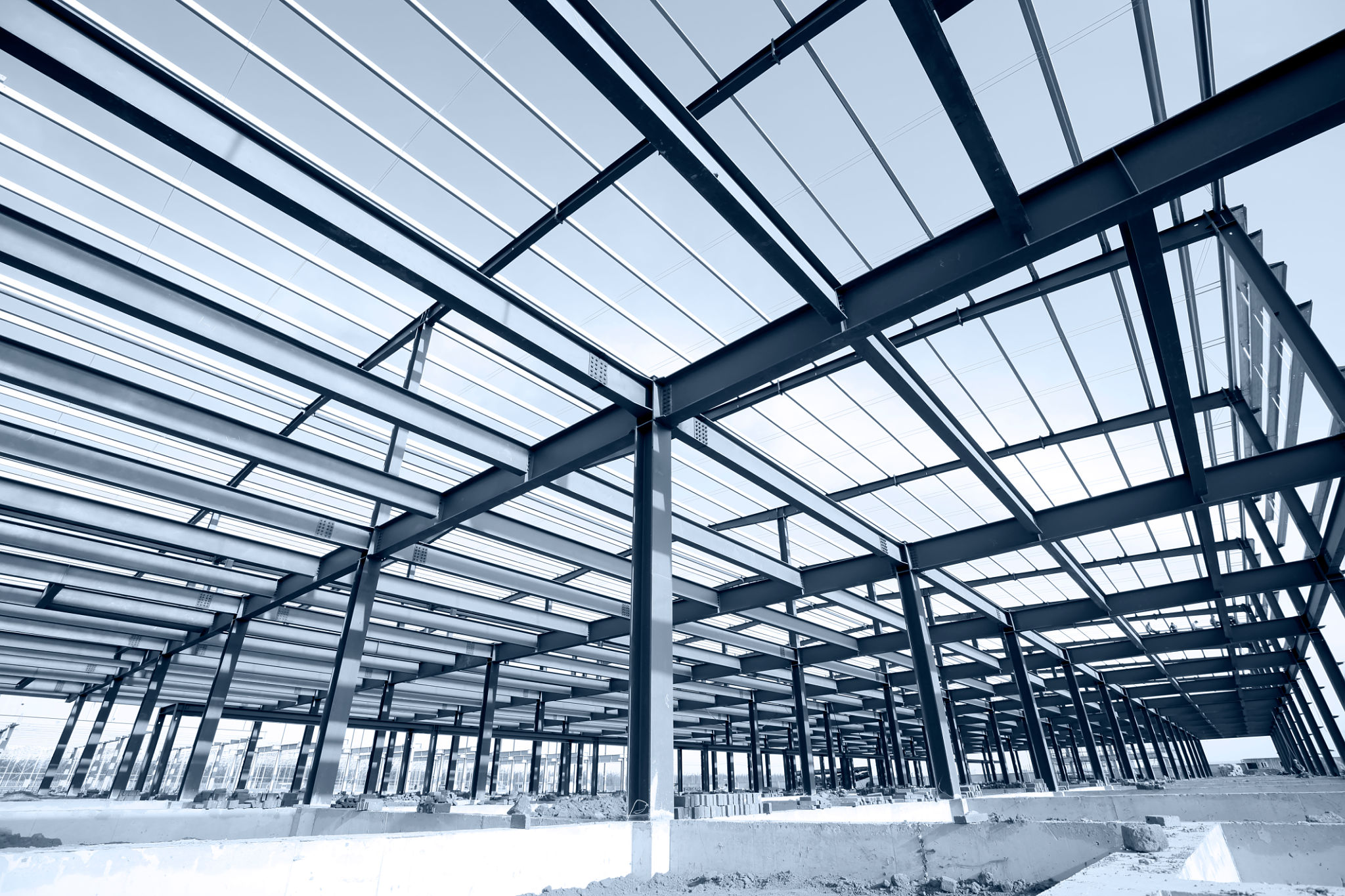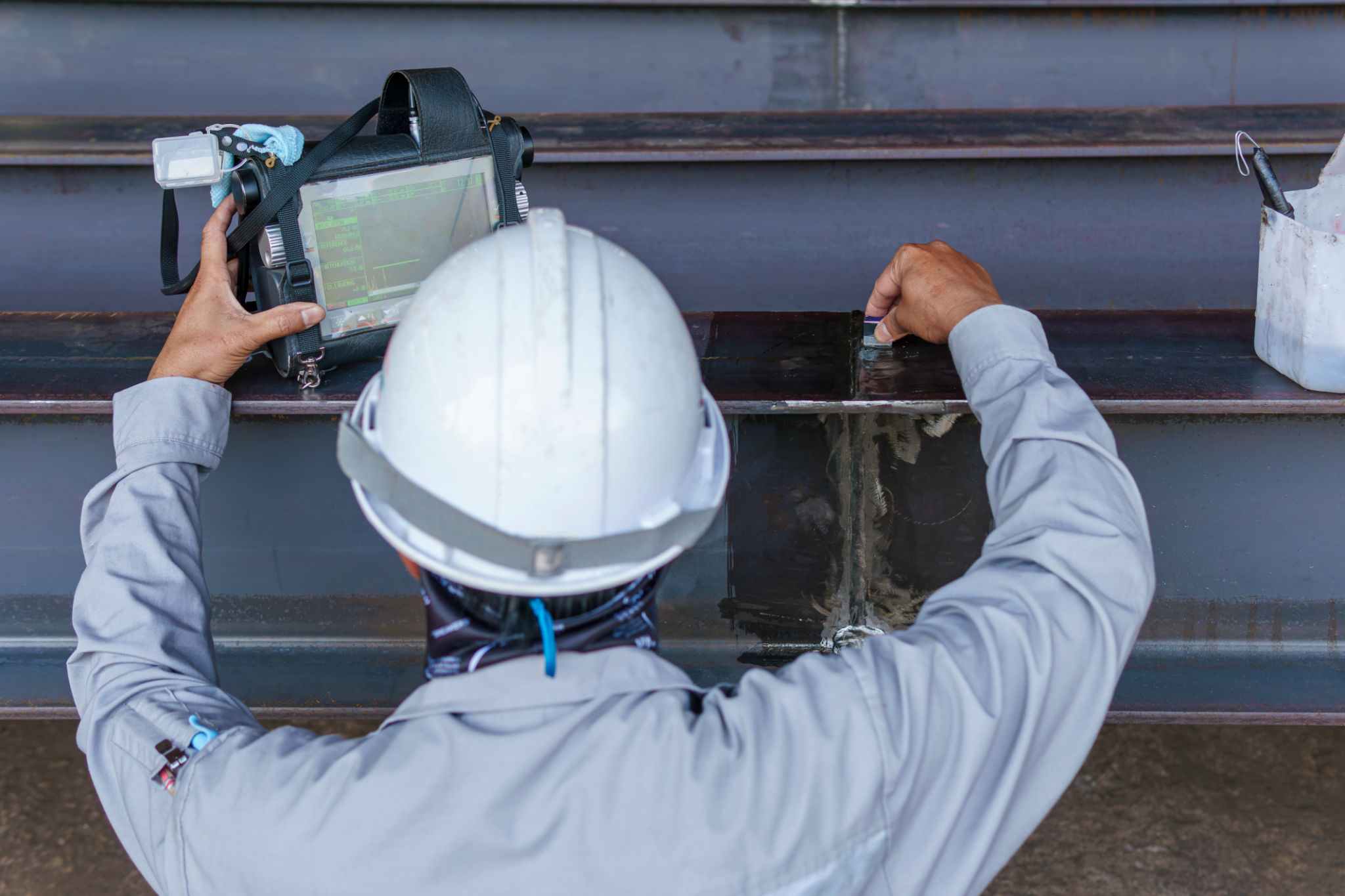Preparing for Seasonal Changes: Maintenance Tips for Steel Structures
Understanding Seasonal Impact on Steel Structures
Steel structures are valued for their durability and strength, yet they are not immune to the effects of seasonal changes. Temperature fluctuations, humidity, and precipitation can all impact the integrity and longevity of steel constructions. Understanding these impacts is essential for effective maintenance and protection against potential damage.
Throughout the year, different weather conditions can cause structural expansion and contraction. This constant movement can lead to stress points, making regular maintenance essential to ensure the safety and stability of the structure.

Regular Inspections: The First Line of Defense
A proactive approach to maintenance begins with regular inspections. These should be conducted at least twice a year, ideally before and after the most extreme seasons, such as summer and winter. Inspections help identify issues like corrosion, cracks, or loose fittings that need immediate attention.
During inspections, pay special attention to joints and connections, as these areas are particularly susceptible to weather-induced stress. Ensuring that all connections are secure can prevent minor issues from evolving into major structural problems.

Addressing Corrosion
Corrosion is one of the biggest threats to steel structures. It’s vital to address any signs of rust promptly. Applying protective coatings or galvanization can significantly extend the lifespan of steel by creating a barrier against moisture and oxygen.
Additionally, ensure proper drainage around the structure to prevent water accumulation, as stagnant water can accelerate the corrosion process. Regular cleaning of surfaces will also help reduce the buildup of corrosive elements.
Adapting to Temperature Fluctuations
Temperature changes can cause steel to expand and contract, potentially leading to structural stress over time. To mitigate these effects, it’s important to ensure that there is adequate flexibility within joints and that expansion joints are functioning correctly.
Using materials that complement steel’s properties can help balance these temperature-induced movements. For instance, incorporating rubberized expansion joints can absorb some of the stress caused by thermal expansion and contraction.

Ensuring Structural Integrity
To maintain the structural integrity of steel constructions, consider investing in high-quality materials and components from the start. This includes choosing steels that are alloyed for better performance in specific climates.
In addition to material quality, proper design and engineering play critical roles in how well a structure handles seasonal changes. Collaborating with experienced architects and engineers can lead to designs that naturally accommodate environmental stresses.
Preparing for Precipitation
Rain, snow, and ice can all pose risks to steel structures. Ensuring proper waterproofing and drainage systems are in place is essential to prevent water damage. Roofs and gutters should be checked regularly for blockages that could lead to water accumulation or ice dams.
Implementing sloped surfaces can also help facilitate water runoff, reducing the chance of moisture-related issues. In areas prone to heavy snowfall, consider reinforcing roofs and other horizontal surfaces to withstand additional loads.

Creating a Maintenance Schedule
Establishing a comprehensive maintenance schedule is crucial for the long-term health of steel structures. This schedule should include regular inspections, cleaning routines, and timely repairs based on findings from inspections.
By adhering to a maintenance plan, owners can ensure their steel structures remain safe, functional, and aesthetically pleasing year-round. Additionally, documenting all maintenance activities can provide valuable insights into the structure’s performance over time.
The Role of Technology in Maintenance
Embracing technology can significantly enhance maintenance efforts. Drones equipped with cameras can perform detailed inspections of hard-to-reach areas. Similarly, sensors can be installed to monitor structural health and environmental conditions in real-time.
These technological tools provide valuable data that can inform maintenance strategies and help predict potential issues before they become problematic. By leveraging technology, maintenance teams can work more efficiently and effectively.
